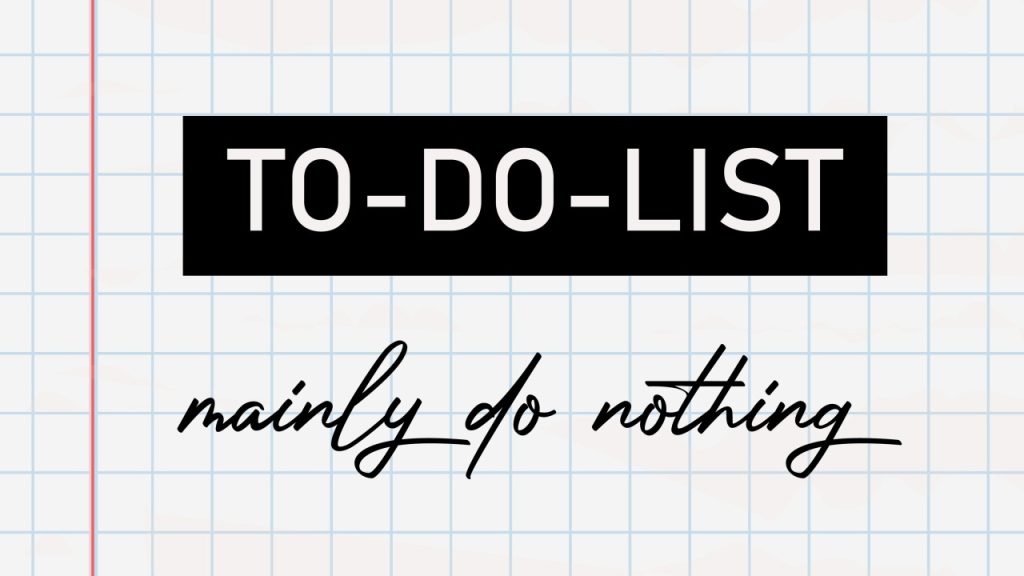How to Instantly Avoid Procrastination

We’ve all been there—you sit down to get something done, and suddenly, hours have passed, and the work is untouched. You might tell yourself, “I’ll do it tomorrow” or “I’m just waiting for inspiration.” But let’s face it: procrastination doesn’t just go away on its own.
Imagine this scenario: You’re at your desk, your to-do list glaring back at you, and yet, you feel an overwhelming urge to check your phone. You convince yourself that five minutes on social media won’t hurt. Five minutes turn into thirty, and before you know it, the day has slipped by, and the task you needed to complete? Still untouched.
What if I told you there’s a simple way to break this cycle? A technique that can help you shift from avoidance to action instantly. The solution might be simpler than you think.
The Power of a Decision
In 2001, researchers Peter Gollwitzer and Paschal Sheeran studied the concept of “implementation intentions.” The idea is that forming a concrete plan of when, where, and how you’ll tackle a task significantly increases the chances of you doing it. Let’s call it “if-then planning.” For example, instead of saying, “I’ll start my project tomorrow,” you say, “If it’s 9 AM tomorrow, I will sit at my desk and work on the first section of the report for one hour.”
This small tweak forces your brain to focus on a specific action, minimizing the open-ended nature of tasks that often leads to procrastination. If you can anticipate the moments you’re likely to procrastinate and plan for them, you’re halfway to conquering it.
You’ve Been Doing It All Along—Without Realizing It
Think about your everyday routine. When you wake up, you don’t debate whether you’ll brush your teeth. You just do it because it’s become automatic. This is what happens when we build strong habits. But procrastination is often a sign that our habits are weak or that we haven’t yet formed them around our tasks.
So how do you start? By building momentum.
Picture this: You’re at the gym, feeling tired and unmotivated, but you force yourself to start your workout. As soon as you begin, you feel an energy shift. The hardest part was starting, but once you did, the rest flowed naturally. This is the same principle when dealing with procrastination. The trick is to lower the barrier to entry so that you can just start. You don’t need to finish the whole project—just start.
The 2-Minute Rule
One method that can help you break through that initial resistance is the 2-Minute Rule, popularized by author David Allen. Here’s how it works: If a task will take two minutes or less, do it immediately. For longer tasks, take two minutes to just get started. Once you begin, the momentum carries you forward, making it easier to keep going.
Imagine sitting down to finish a report. Instead of telling yourself, “I need to finish this entire report today,” you say, “I’m going to spend two minutes on this.” The task feels less daunting, and you’ll likely find that once you start, it’s easier to continue.
Procrastination Is an Emotional Issue
Have you ever asked yourself why you procrastinate? It’s not just about laziness or time management. Researchers from the University of Sheffield found that procrastination is closely linked to emotional regulation. When a task feels too difficult or overwhelming, our brain seeks comfort in distractions. Checking emails, browsing social media, or watching videos gives you an instant mood boost, even though it comes at the cost of long-term progress.
To combat this, it helps to become aware of your emotions and ask yourself, “What am I avoiding?” Once you acknowledge the discomfort, you can move forward more mindfully and regain control.
You Are in Charge of Your Future
Here’s the truth: You don’t need to feel motivated to start working. Motivation is fleeting and unpredictable. But action? That’s something you can control. By taking small, intentional steps, you’ll find that your mind shifts from avoidance to accomplishment.
The next time you feel yourself reaching for distractions, pause for a moment and try one of these techniques. Whether it’s implementing the 2-Minute Rule or making a clear plan, the key is to start before your mind has a chance to argue.
Remember, procrastination is not about time; it’s about how you manage yourself in the face of uncomfortable tasks. Start small, build momentum, and watch how quickly things shift for you.
References
- Gollwitzer, P. M., & Sheeran, P. (2006). “Implementation Intentions and Goal Achievement: A Meta-analysis of Effects and Processes.” Advances in Experimental Social Psychology.
- Allen, D. (2001). Getting Things Done: The Art of Stress-Free Productivity.




















